The hammerheads of an impact crusher come in various shapes, each designed to suit specific crushing needs and material properties. Here are the common shapes and their characteristics:
1. Crusher Rectangular (Plate-shaped) Hammers
- Features: This is one of the most common shapes, offering a large striking surface. It provides strong impact force and is suitable for crushing medium-hard materials. The rectangular shape ensures good wear resistance and is relatively easy to manufacture and replace.
- Advantages: High crushing efficiency, simple structure.
- Disadvantages: May wear unevenly if the material is highly abrasive.
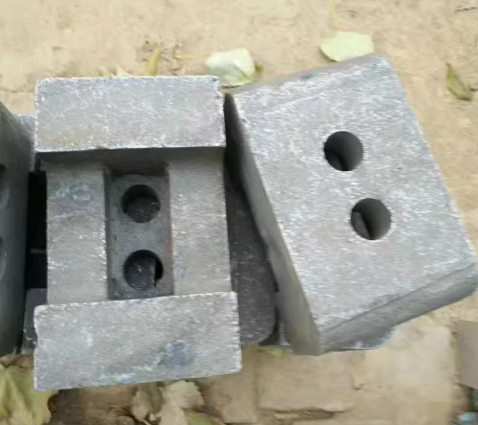
2. Crusher Square Hammers
- Features: Square hammerheads have equal sides, providing a balanced impact area. They are often used for crushing materials with uniform hardness. The symmetry allows for reversible use, extending the hammerhead’s lifespan.
- Advantages: Longer service life due to reversible design, stable performance.
- Disadvantages: Smaller contact area compared to rectangular shapes, which may reduce crushing capacity for some materials.
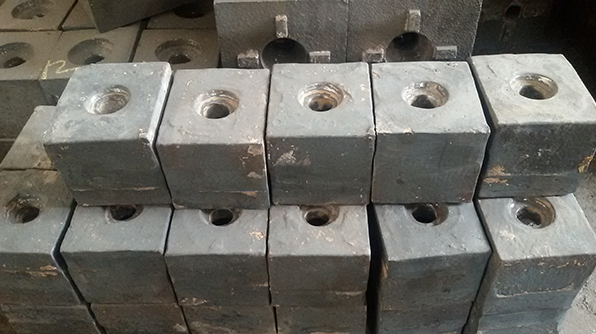
3. Crusher Ring-shaped (Annular) Hammers
- Features: These hammerheads are circular or ring-like and are typically used in ring hammer crushers. They are effective for crushing brittle or less abrasive materials, such as coal or limestone, due to their continuous contact with the material.
- Advantages: Uniform crushing, good for fine particle sizes, less prone to clogging.
- Disadvantages: Limited to softer materials, less effective for high-hardness rocks.
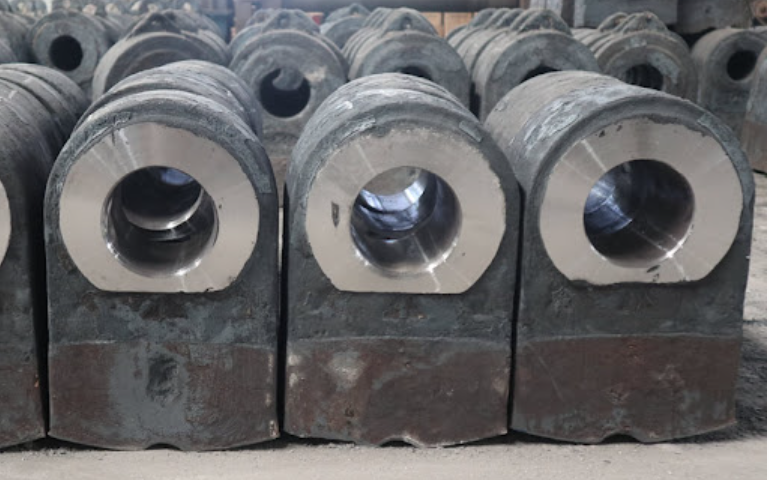
4. Crusher Trapezoidal Hammers
- Features: The trapezoidal shape has a wider base and narrower top, allowing for a gradual increase in impact force as the material is crushed. It’s suitable for crushing materials with varying hardness levels.
- Advantages: Better wear distribution, improved crushing efficiency.
- Disadvantages: More complex to manufacture, potentially higher cost.
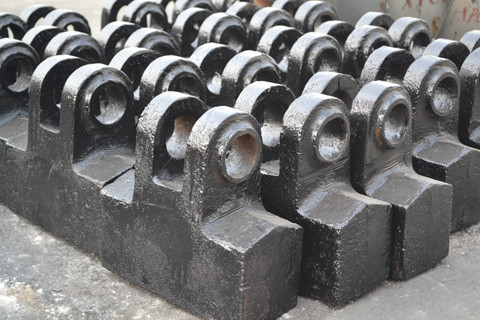
5. Crusher Composite or Multi-sectional Hammers
- Features: These hammerheads combine different shapes or materials (e.g., a high-wear-resistant tip with a tougher base). They are designed to optimize both durability and crushing performance for specific applications.
- Advantages: Customization for specific needs, extended lifespan, high efficiency.
- Disadvantages: Higher production cost, more complex installation.
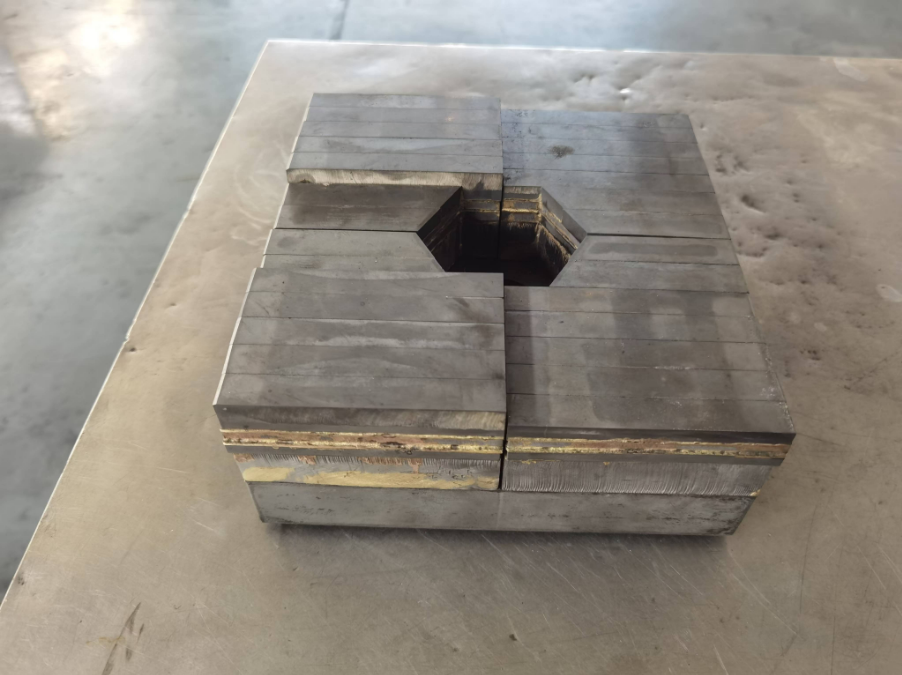
General Characteristics of Crusher Hammer:
Material: Typically made from high-manganese steel, alloy steel, or other wear-resistant materials to withstand repeated impacts and abrasion.Wear Patterns: The shape influences how evenly the hammerhead wears—reversible designs (like square or rectangular) help maximize usage.Application: The choice of shape depends on the material being crushed (e.g., hardness, abrasiveness) and the desired output size.
“Zhuzhou Old Craftsman Precision Alloy Co., Ltd. could make tungsten carbide crusher hammer and make your crusher hammer use life is tens of times longer than before! We specialize in providing customized carbide solutions to meet the demanding requirements of industries such as aerospace, automotive, mining, and precision machining.”
Blet scarper Brazing brazingprocess CARBDIE HAMMER carbide Carbide belt scraper carbidebrazing carbide hammer Crusher CRUSHER HAMMER Informational Internal stress metal mining mold operate Refractory Brick Mold Secondary belt cleaner scraper stresses VSI VSI crusher wear plates welding work